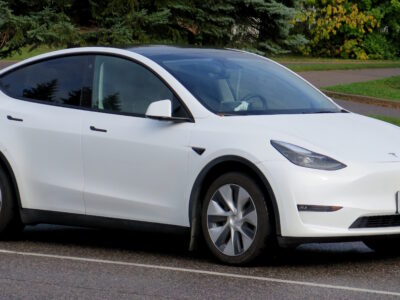
Tesla Model Y Battery Capacity (2025): Complete Guide to Range, Efficiency, and Charging Performance
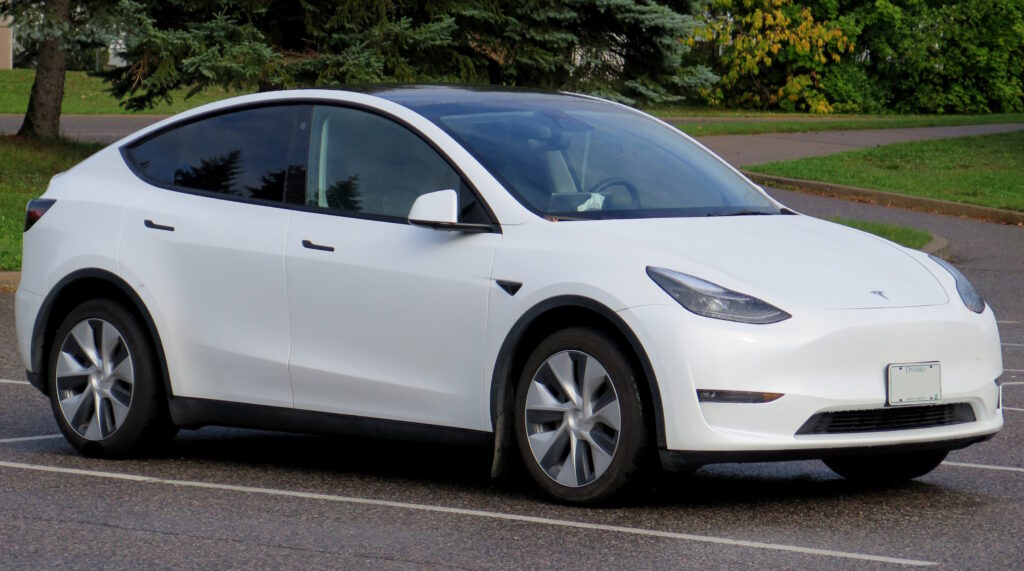
The 2025 Tesla Model Y continues to redefine electric SUV efficiency, merging advanced battery technology with performance and practicality. In this complete guide, we explore every detail of the Model Y battery capacity, including usable energy, charging speeds, degradation patterns, and real-world range across trims.
- Overview of the Tesla Model Y Battery System
- Tesla Model Y RWD Battery: 62 kWh LFP Power Pack
- Long Range and Performance Variants: 82 kWh NCA Battery
- Charging Capabilities and Performance
- Real-World Range and Energy Consumption
- Battery Longevity and Degradation
- Thermal Management System and Heat Pump
- Battery Warranty Coverage
- Bidirectional Charging and V2L Support
- Maintenance and Care Tips for Tesla Model Y Battery
- Common Battery-Related Issues
- Future Outlook: Structural Battery Pack with 4680 Cells
- Conclusion
- Frequently Asked Questions (FAQ)
Overview of the Tesla Model Y Battery System
The Tesla Model Y lineup for 2025 is built around Tesla’s proven lithium-ion architecture, optimized for energy density, longevity, and charging efficiency. The Model Y’s battery capacity varies slightly by region and trim level.
| Trim | Battery Type | Usable Capacity (kWh) | Total Capacity (kWh) | Range (WLTP) |
|---|---|---|---|---|
| Model Y RWD (Juniper 2025) | LFP (Lithium Iron Phosphate) | 60–62 kWh | 66 kWh | Up to 500 km (310 miles) |
| Model Y Long Range AWD | NCA (Nickel Cobalt Aluminum) | 75–78 kWh | 82 kWh | Up to 533 km (331 miles) |
| Model Y Performance | NCA (Nickel Cobalt Aluminum) | 75–78 kWh | 82 kWh | Up to 514 km (319 miles) |
Tesla Model Y RWD Battery: 62 kWh LFP Power Pack
The 2025 Tesla Model Y RWD utilizes a 62 kWh LFP battery, offering a balanced mix of affordability and durability. Manufactured by CATL, this pack emphasizes long life cycles and resilience under daily charging.
Key Specifications
- Usable capacity: ~60–62 kWh
- Charging speed (DC): Up to 175 kW
- Charging speed (AC): 11 kW
- Range (WLTP): 455–500 km (283–310 miles)
- Charging 10–80%: ~24 minutes at a 175 kW DC Supercharger
Advantages of the LFP Chemistry
- Enables 100% charge without rapid degradation.
- Offers thermal stability and increased safety.
- Lower cobalt content, making it more eco-friendly.
Long Range and Performance Variants: 82 kWh NCA Battery
Tesla’s Long Range AWD and Performance versions feature the high-density 82 kWh NCA battery pack sourced from Panasonic or LG Energy Solution. This chemistry prioritizes energy density and performance.
Highlights
- Usable capacity: ~75–78 kWh
- Peak DC charge rate: 250 kW
- Range: Up to 533 km WLTP
- Acceleration: 0–100 km/h in 3.7–5.0 seconds (depending on trim)
Why It Matters
NCA cells offer higher energy density, giving the AWD models superior range and power-to-weight ratio compared to the LFP-equipped RWD variant.
Charging Capabilities and Performance
AC Charging (Home or Wallbox)
- Power: 11 kW (3-phase, 16 A)
- Time (0–100%): ~6–7 hours for RWD, ~8–9 hours for AWD
DC Fast Charging (Supercharger Network)
- RWD: Up to 175 kW, 10–80% in 24 minutes
- AWD: Up to 250 kW, 10–80% in 20 minutes
Tesla’s Supercharger V3 stations ensure optimal current delivery, automatically balancing charge rates to minimize cell stress.
Real-World Range and Energy Consumption
While the WLTP figures are optimistic, real-world conditions give a more practical perspective.
| Condition | Model Y RWD | Model Y LR AWD |
|---|---|---|
| Urban (city) | 490–510 km | 520–540 km |
| Highway | 380–420 km | 440–470 km |
| Cold Weather | 340–380 km | 400–430 km |
| Mixed Driving | 450–470 km | 480–510 km |
Average energy consumption ranges between 14–17 kWh/100 km, depending on driving style and environment.
Battery Longevity and Degradation
Tesla’s battery management system (BMS) actively monitors voltage balance, temperature, and charge cycles to reduce degradation.
You may be interested in reading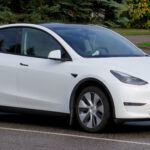 2025 Tesla Model Y Dimensions: Complete Size, Weight, and Space Analysis
2025 Tesla Model Y Dimensions: Complete Size, Weight, and Space AnalysisTypical degradation figures for the Model Y:
- After 100,000 km: ~3–5% loss
- After 250,000 km: ~8–10% loss
- After 10 years: ~12% average degradation
The LFP version demonstrates superior cycle longevity, often exceeding 3,500 full charge cycles, making it ideal for daily commuting and regular 100% charges.
Thermal Management System and Heat Pump
The Model Y’s heat pump system optimizes both cabin and battery temperature for maximum range efficiency.
Features include:
- Active coolant loops around battery modules
- Octovalve system for efficient energy distribution
- Rapid preconditioning before Supercharging
This system helps the car achieve consistent performance even in sub-zero or high-temperature environments.
Battery Warranty Coverage
Tesla provides 8 years or 160,000 km (RWD) and 8 years or 192,000 km (AWD) battery warranty, ensuring:
- Minimum 70% capacity retention
- Full coverage for manufacturing or BMS-related failures
Bidirectional Charging and V2L Support
As of the 2025 Model Y, Tesla does not yet support Vehicle-to-Load (V2L) or bidirectional charging. However, Elon Musk has indicated that future software updates may unlock limited V2H (Vehicle-to-Home) functionality.
Maintenance and Care Tips for Tesla Model Y Battery
To maximize lifespan and efficiency:
- Keep the state of charge (SOC) between 20–80% for daily use (except LFP: 100% is safe).
- Avoid leaving the battery at 0% or 100% for long periods.
- Use scheduled preconditioning in cold weather.
- Prefer slow AC charging for regular use, reserving DC fast charging for trips.
- Keep the firmware updated to benefit from battery management improvements.
While Tesla has made major quality strides, some 2025 Model Y owners report minor issues such as:
You may be interested in reading 2025 Tesla Model Y Dimensions: Complete Size, Weight, and Space Analysis
2025 Tesla Model Y Dimensions: Complete Size, Weight, and Space Analysis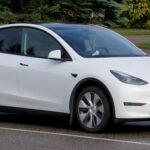 Tesla Model Y Towing Capacity and Real-World Range Impact (2025 Edition)
Tesla Model Y Towing Capacity and Real-World Range Impact (2025 Edition)- Heat pump malfunctions affecting cabin heat and range.
- Software glitches impacting battery percentage display.
- DC charge curve fluctuations after updates (temporary).
Tesla addresses these via over-the-air (OTA) software updates, often improving charging behavior and range over time.
Future Outlook: Structural Battery Pack with 4680 Cells
Tesla is progressively introducing the 4680 structural cell format into Model Y production. These tabless cylindrical cells promise:
- Higher volumetric energy density
- Faster charging
- Reduced weight (−10%)
- Increased structural rigidity
While currently limited to select markets (notably Texas-built units), the 4680 Model Y represents Tesla’s next leap in battery evolution.
Conclusion
The Tesla Model Y’s battery system is a cornerstone of its unmatched performance, range, and reliability. The 62 kWh LFP pack in the RWD model offers efficiency and endurance, while the 82 kWh NCA variant delivers long-range capability and power. Together, they represent the best of Tesla’s EV engineering — balancing energy density, durability, and innovation.
Frequently Asked Questions (FAQ)
1. What is the usable battery capacity of the 2025 Tesla Model Y RWD?
It features a 62 kWh LFP battery with approximately 60 kWh usable.
2. How long does it take to charge from 10% to 80%?
At a 175 kW DC fast charger, the RWD variant takes around 24 minutes.
3. Can I charge my Model Y to 100% daily?
Yes — the LFP battery supports full charging with minimal degradation risk.
4. What is the expected battery life of a Model Y?
Tesla batteries typically last 400,000–500,000 km before significant degradation.
5. Does the Model Y support Vehicle-to-Load (V2L)?
No, V2L is not available yet on the 2025 Model Y, though future updates may introduce limited support.
 2025 Tesla Model Y Dimensions: Complete Size, Weight, and Space Analysis
2025 Tesla Model Y Dimensions: Complete Size, Weight, and Space Analysis Tesla Model Y Towing Capacity and Real-World Range Impact (2025 Edition)
Tesla Model Y Towing Capacity and Real-World Range Impact (2025 Edition) 2024 Tesla Model Y Tyre Pressure Guide: Recommended PSI, Load Index & TPMS Insights
2024 Tesla Model Y Tyre Pressure Guide: Recommended PSI, Load Index & TPMS InsightsIf you want to know other articles similar to Tesla Model Y Battery Capacity (2025): Complete Guide to Range, Efficiency, and Charging Performance you can visit the category Service and Parts.
Deja una respuesta

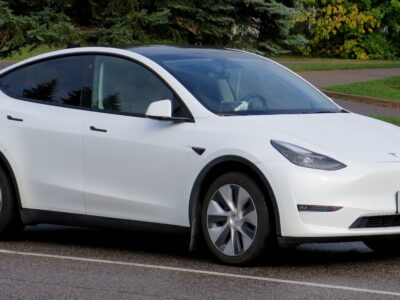
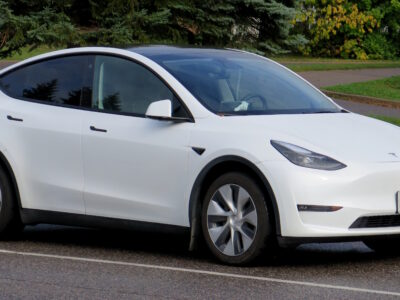
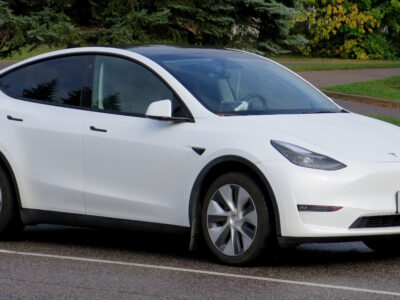
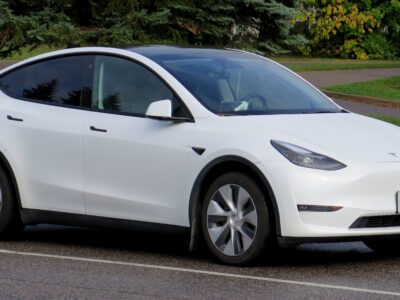
More content of your interest